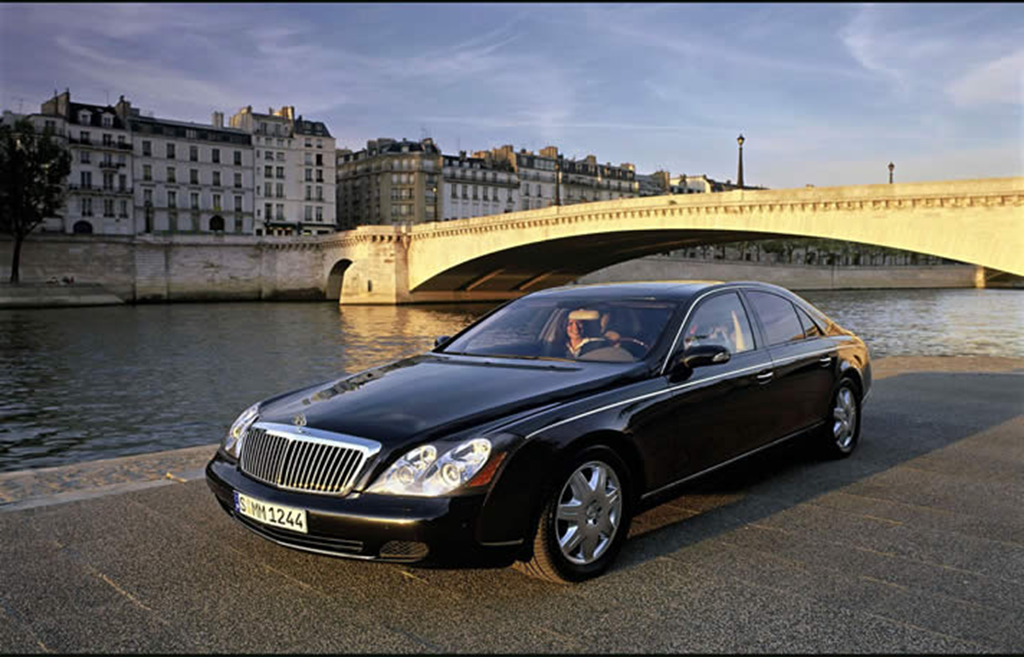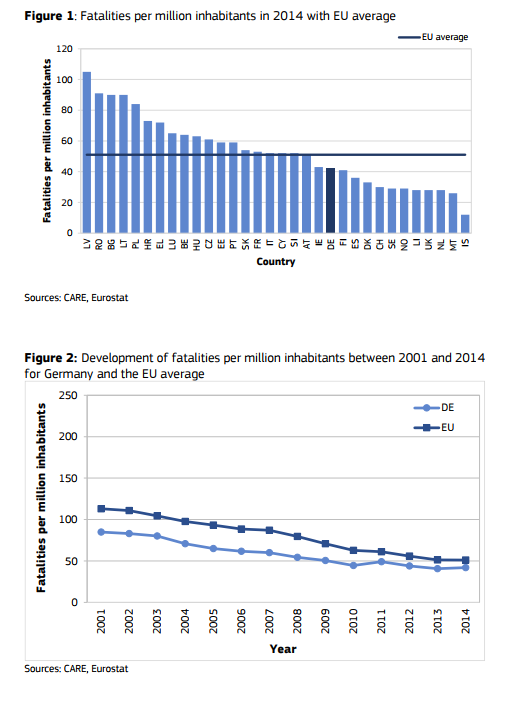Planning to drive in Germany? Whether you’re moving permanently or staying long-term, understanding the German driving license process is essential. This comprehensive guide covers everything you need to know: required documents, costs, exam procedures, and step-by-step instructions for obtaining your German driving license (Führerschein).
Good news for those who already have a driving license! If you have obtained your driving license in another country, you can use it for the first six months of your German residency. However, after six months of residence in Germany, your foreign driving license will no longer be valid. You’ll need to obtain a German license to continue driving legally.
Having previous driving experience significantly reduces both time and costs. You typically won’t need to attend all theoretical classes, and training fees can be reduced by three times or more. Generally, expect to pay 1,000 to 2,000 euros for a complete German driving license.
How to Get Started: Choosing Your Driving School
Your first step is selecting a reputable driving school (Fahrschule). Most expats choose schools based on recommendations from friends who have successfully completed the program. Consider these factors when choosing:
- Schedule flexibility: Schools offer different lesson frequencies (1-3 lessons per week)
- Language options: Many schools offer instruction in multiple languages
- Location convenience: Choose a school near your home or workplace
- Success rates: Ask about their exam pass rates
The theoretical course consists of 14 mandatory hours of classroom instruction covering German traffic laws and road safety.
Required Documents and Application Process
After choosing your driving school, you’ll need to visit the Road Traffic Department (Führerscheinstelle) to submit your application. Prepare these essential documents:
- First aid certificate (from 20 euros)
- Eye test certificate (6 euros)
- Biometric passport photo (less than 1 euro)
- Copy of your current driving license
- Certified translation of your foreign driving license (10-15 euros)
- Valid passport or ID
- Registration certificate (Meldebescheinigung)
In Germany, you can apply for a driving license at age 17, with driving lessons starting at 16. Don’t worry about age differences – adult learners commonly study alongside younger students. Many schools offer intensive holiday courses for working professionals.

Step-by-Step Process to Get Your German License
Follow this chronological order for the most efficient process:
- Register with a driving school
- Complete first-aid course (6 hours, one day)
- Take eye examination (often combined with first-aid course)
- Submit application to local traffic authorities
- Attend theoretical classes and study for exam
- Pass theoretical examination
- Complete practical driving lessons
- Pass practical driving test
- Receive your German driving license
First Aid Course Requirements
The mandatory first-aid course takes exactly 6 hours (one full day). You’ll learn essential emergency procedures including:
- How to respond to car accidents
- Calling emergency services (112)
- Proper use of safety vest and warning triangle
- CPR and mouth-to-mouth resuscitation techniques
- Hands-on practice with training mannequins
Eye Test and Medical Requirements
The eye examination is available at most optical shops throughout Germany. The process includes:
- Duration: 10-15 minutes
- Cost: 6 euros (basic test)
- Additional costs: 100+ euros if glasses/contacts are needed
- Results: Immediate certification for license application
Biometric Photo Requirements
Biometric photos for your German license are inexpensive and quick to obtain:
- Cost: Approximately 1 euro
- Glasses: Can be worn if normally needed for driving
- Availability: Most photo shops and some driving schools
- Standards: Must meet German biometric requirements
Theoretical Exam: What to Expect
While attending driving school theory classes isn’t mandatory, the German traffic code contains over 2,500 pages of regulations. German drivers demonstrate exceptional road courtesy, contributing to a road fatality rate seven times lower than many other countries. According to Statista.com, road traffic fatalities in Germany decreased from 5,091 in 2006 to 3,459 in 2015.

maximum Latvia approx 105
minimum Iceland approx 10
Figure 2: Development of fatalities per million inhabitants between 2001 and 2014 for Germany and the EU average
Germany – approx 90 in 2001 to 45 in 2014
EU – approx 110 in 2001 to 50 in 2014
Exam preparation options include:
- Online study programs: 75 euros (multilingual options available)
- Language options: Available in multiple languages including Russian
- Video questions: Approximately 50 video-based scenarios added since 2014
- Practice tests: Essential for familiarizing yourself with question format
Exam format:
- Questions: 30 questions total
- Time limit: 45 minutes
- Retakes: Two additional attempts if you fail
- Penalty: After three failures, wait 3 months and pass psychological evaluation
Practical Driving Test Details
The practical exam is conducted by independent examiners from TÜV or DEKRA. Your driving instructor cannot be present during the test, ensuring unbiased evaluation.
Important considerations:
- Transmission type: You can test with automatic, but license restricts you to automatic vehicles only
- Examiner behavior: Silent observation with minimal interaction
- Immediate results: Pass/fail notification upon completion
The examination includes these mandatory components:
- Pre-drive vehicle inspection: Technical questions about car safety
- Three practical maneuvers: Parking, emergency braking, turning
- Autobahn driving: Highway merging and high-speed driving
- City center navigation: Complex urban traffic situations
- 30 km/h zones: Residential area driving
- Final technical questions: Post-drive vehicle safety check
Costs and retakes:
- Each attempt: 275 euros total (190 euros to driving school + 85 euros state fee)
- Unlimited retakes: No limit on number of attempts
- License issuance: Immediate if taking first license, within one month for exchanges
If you successfully pass the practical exam, your German driving license will be produced within one month (for foreign license exchanges). New drivers receive their license immediately upon passing.
Car Rental in Germany: Quick Guide
Renting a car in Germany is straightforward. Follow our recommendations for the best experience:
Step 1: Choose a reputable rental agency
- Major companies: Hertz, Sixt, Avis, Europcar
- Transmission preference: Most German cars are manual; automatic costs more
- Locations: Available at all airports and major train stations
- Advance booking: Recommended for better rates and availability
Step 2: Verify license requirements
- Tourist licenses: Valid national license sufficient for short visits
- International Driving Permit: Costs about $15, useful worldwide
- Important note: IDP is supplementary only – requires valid national license
- Germany requirement: International Driving License not mandatory but some agencies may request it
Step 3: Learn German traffic regulations
- Study speed limits and autobahn rules
- Understand parking regulations
- Know environmental zone (Umweltzone) requirements
- Familiarize yourself with right-of-way rules
Step 4: Enjoy safe driving in Germany!
US Driver License Exchange Program
If you’re a US citizen planning to stay in Germany longer than six months, you must obtain a German driving license to continue legal driving.
Important considerations for US drivers:
- State-specific agreements: Various US states have different reciprocity programs
- Simplified process: Some states allow direct exchange without full testing
- Research requirements: Check your state’s specific agreement with Germany
- Documentation: Ensure your US license is current and properly certified

Summary: Your Path to German Driving Freedom
Obtaining a German driving license is an investment in your mobility and independence. The comprehensive process ensures you’re well-prepared for Germany’s roads while gaining valuable experience navigating German bureaucracy. The strict standards contribute to Germany’s excellent road safety record.
Key takeaways:
- Budget 1,000-2,000 euros for the complete process
- Start early – the process can take several months
- Previous driving experience significantly reduces costs and time
- Thorough preparation is essential for both theoretical and practical exams
If you still need an International Driving License for temporary driving, apply here. With our IDL, you can drive confidently anywhere in the world while you work toward your permanent German license!

Published November 20, 2017 • 7m to read





